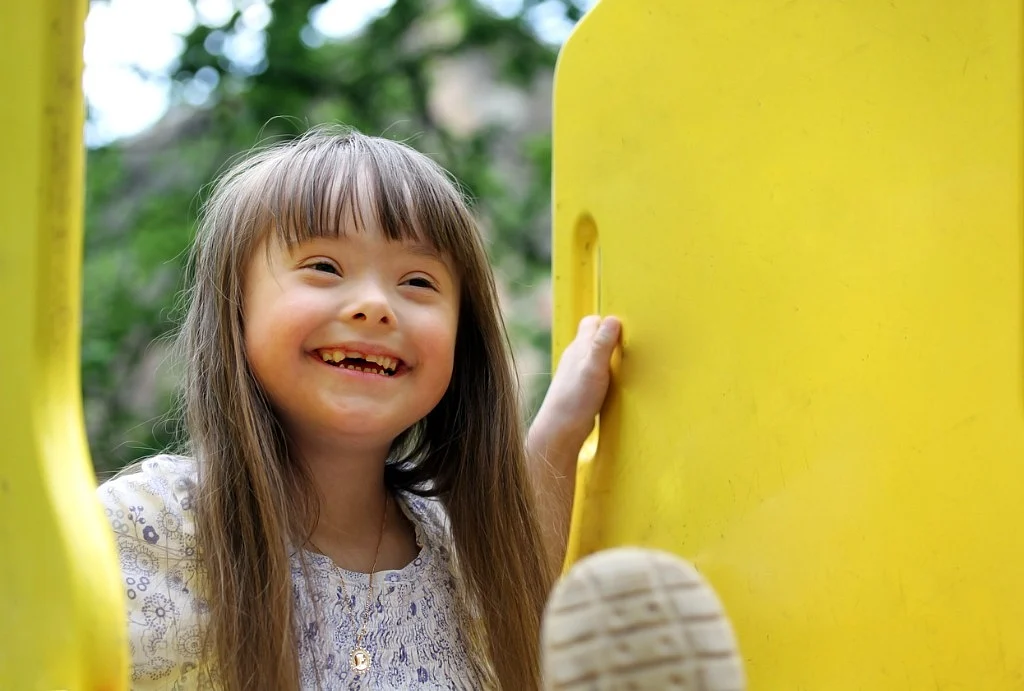Down Syndrome: Causes, Symptoms, Diagnosis, and Treatment
Down syndrome is a genetic disease. Know the causes, symptoms, types, and diagnosis, and treatment.

advertisement
Down syndrome is a genetic condition and the people suffering from the condition are born with an extra chromosome. In general, most people have 23 pairs of chromosomes within each cell in their body which makes the total as 46 but a person with Down syndrome has an extra copy of chromosome 21, meaning their cells contain 47 total chromosomes instead of 46 affecting the brain and body of the person.
Down syndrome can affect anyone and it doesn’t occur as a result of something that the parents did before or during pregnancy. The most cases of Down syndrome happen randomly or sporadically. People don’t usually inherit Down syndrome in an autosomal dominant or recessive pattern during conception when the egg and sperm meet.
Let's know more about Down Syndrome with the help of its causes, symptoms, risks, diagnosis, and treatment.
Down Syndrome: Risk Factors, Causes & Types
According to the MedicalNewsToday, more research is required so as to what exactly increases the risk of Down syndrome but here are a few risk factors like the age of the birthing parents. The women who are 35 or older are more likely to have a child with Down syndrome or another type of genetic condition.
As mentioned before, Down syndrome is caused due to an extra chromosome which makes the total of 47 chromosomes though a normal person has 23 pairs and total of 46.
There are three types of Down syndrome with different causes, including:
Trisomy 2, the most common type. Trisomy means 'having an extra copy of chromosome'. Trisomy 21 occurs when a developing fetus has three copies of chromosome 21 in every cell instead of the typical two copies. 95% cases of Down syndrome fall in this category.
Translocation is a type of Down syndrome where there’s a partial or full amount of chromosome 21 attached to another chromosome. Here chromosome 21 isn’t separate but it relocates to another numbered chromosome and there only 4% of these cases.
Mosaic Down syndrome is the rarest type of Down syndrome that accounts for less than 1% of all cases and it occurs only when some cells contain the usual 46 chromosomes and some cells contain 47. The extra chromosome in some cells is chromosome 21.
Down Syndrome: Signs & Symptoms
According to Cleveland Clinic, Down syndrome affects the physical, cognitive and behavioral pattern of the patient and the symptoms or severity can differ from patient to patient.
Physical signs of Down syndrome become more apparent as your baby grows.
A flat nose bridge.
Slanted eyes that point upward.
A short neck.
Small ears, hands and feet.
Weak muscle tone at birth.
One crease in the palm of their hand (palmar crease).
Shorter-than-average height.
Stubbornness and tantrums.
Difficulty paying attention.
Obsessive or compulsive behaviors.
Down Syndrome: Diagnosis & Treatment
According to the doctors of Mayo Clinic, Down syndrome can be detected during pregnancy with prenatal screening tests and with diagnostic tests during pregnancy.
Prenatal screening tests helps assess the risk of having a child with Down syndrome but do not provide a confirmation. Screening tests could be a blood test of the birthing parent’s blood or an ultrasound. Signs like an extra fluid behind your baby’s neck shows the chances of Down syndrome but at times a screening test could be normal and not show signs of Down syndrome when the condition is present.
Diagnostic tests during pregnancy can confirm a Down syndrome diagnosis and help detect chromosomal changes. These tests include:
Amniocentesis.
Chorionic villus sampling (CVS).
Percutaneous umbilical blood sampling (PUBS).
After the birth of the baby, physical exam may help diagnose the condition. Doctor may also take a blood test called a karyotype test in which a small blood sample is seen under a microscope to locate an extra 21st chromosome to diagnose the condition.
According to US NIH, there’s no cure for Down syndrome, but there are various treatments to help your child reach their full potential by helping your child reach their full potential physically and mentally. Treatment options include:
Physical or occupational therapy.
Speech therapy.
Participating in special education programs in school.
Treating any underlying medical conditions.
Glasses for vision problems
Assisted hearing devices for hearing loss.